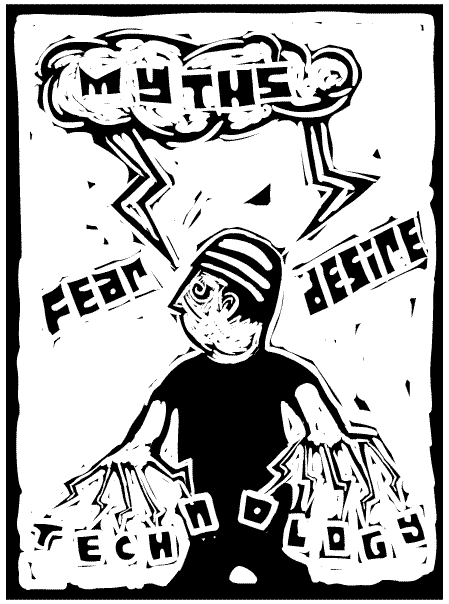
My favorite chapter so far in Marshall McLuhan’s Understanding Media is called “The Print: How to Dig It.” Not sure how legal it is, but you can read the chapter online, as well as the whole book. Here are some choice excerpts which really hit me:
It is relevant to consider that the old prints and woodcuts, like the modern comic strip and comic book, provide very little data about any particular moment in time, or aspect in space, of an object. The viewer, or reader, is compelled to participate in completing and interpreting the few hints provided by the bounding lines.
AND:
In the low definition world of the medieval woodcut, each object created its own space, and there was no rational connected space into which it must fit. As the retinal impression is intensified, objects cease to cohere in a space of their own making, and, instead, become “contained” in a uniform, continuous, and “rational” space. Relativity theory in 1905 announced the dissolution of uniform Newtonian space as an illusion or fiction, however useful. Einstein pronounced the doom of continuous or “rational” space, and the way was made clear for Picasso and the Marx brothers and MAD.
I’m plowing through this book the way I plowed through Ulysses back in the day: full steam ahead, take what you can where you can.